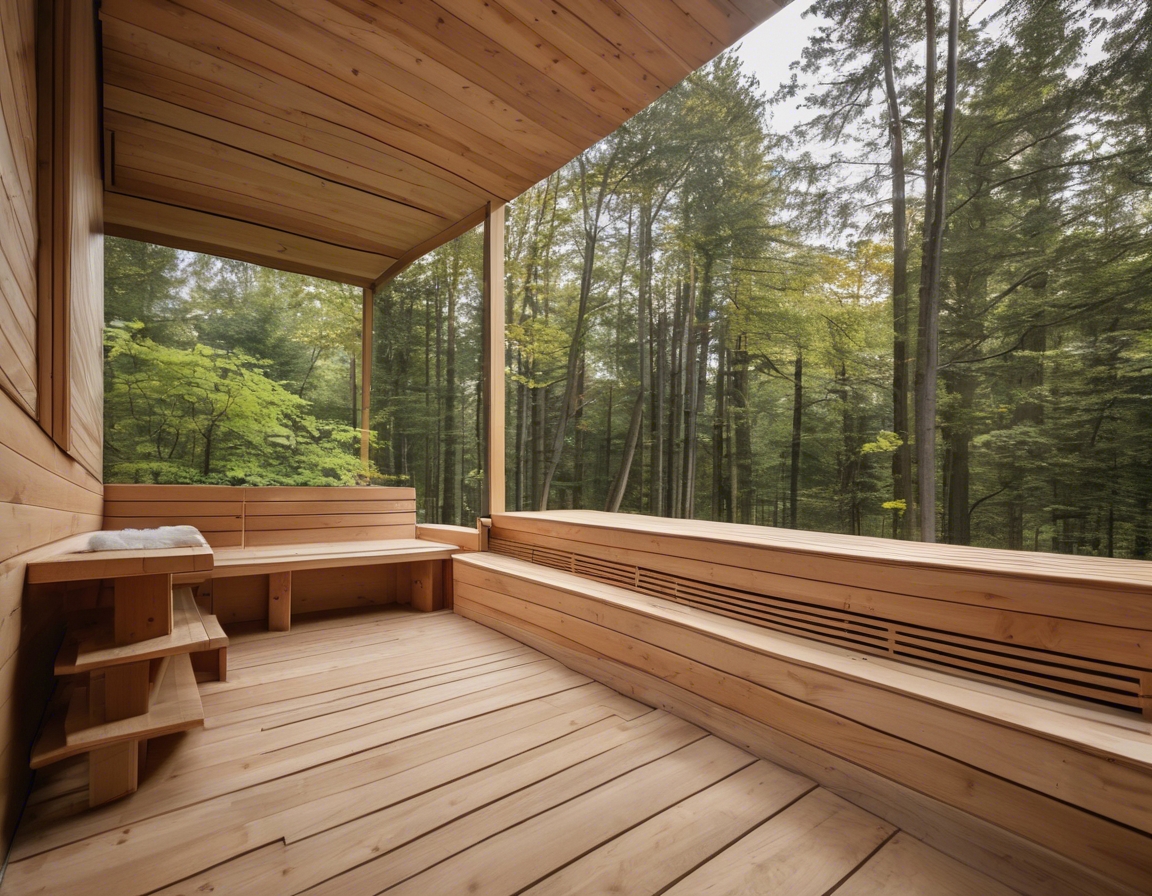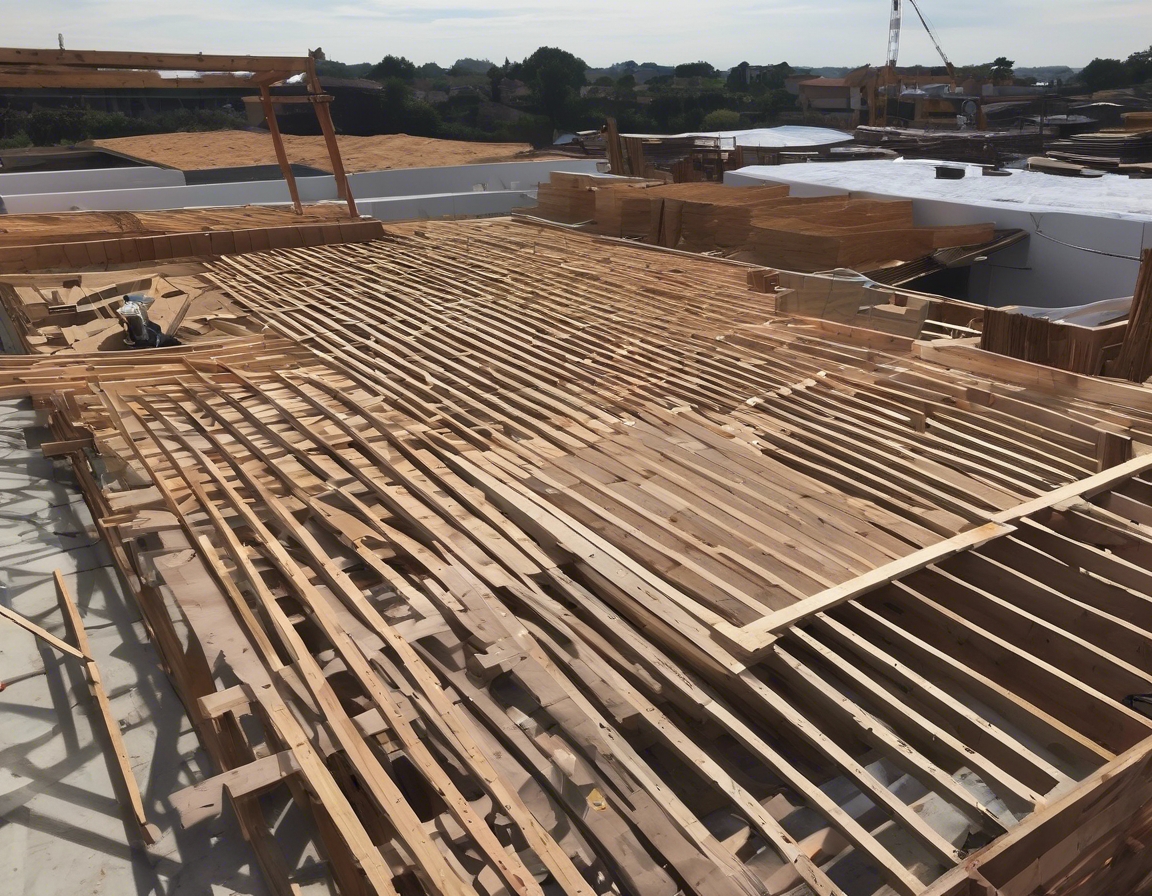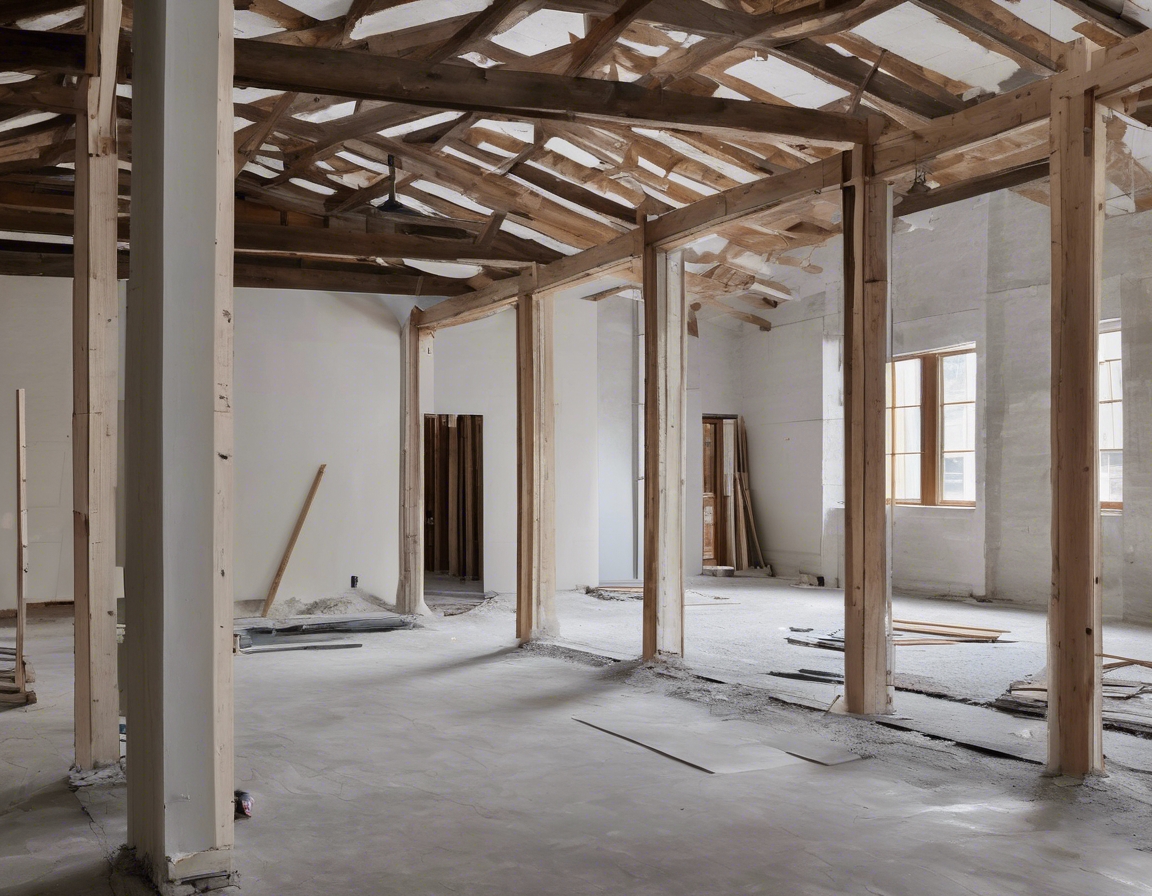The benefits of lightweight structures in modern construction
In the ever-evolving world of construction, the demand for innovative and efficient building solutions is at an all-time high. Lightweight structures have emerged as a pivotal trend, offering numerous benefits that align with modern construction needs. These structures are characterized by their reduced weight without compromising strength or durability, making them an ideal choice for various construction projects.
Advantages of Lightweight Structures
Lightweight structures provide architects and designers with greater flexibility in creating unique and complex designs. The reduced weight allows for longer spans and more open spaces, enabling the creation of aesthetically pleasing and functional environments. This flexibility is particularly beneficial in urban and suburban settings where space optimization is crucial.
One of the significant advantages of lightweight structures is their contribution to energy efficiency. These structures often incorporate advanced insulation materials that enhance thermal performance, reducing the need for excessive heating or cooling. This results in lower energy consumption and reduced utility bills, making them an attractive option for environmentally conscious homeowners and developers.
Lightweight structures can lead to significant cost savings in construction projects. The reduced weight translates to lower transportation and handling costs, as well as decreased foundation requirements. Additionally, the speed of construction is often accelerated, reducing labor costs and project timelines. These factors contribute to a more cost-effective building process, providing long-term value for property owners.
Sustainability is a key consideration in modern construction, and lightweight structures excel in this area. By utilizing materials that require less energy to produce and transport, these structures minimize the carbon footprint of a building project. Furthermore, many lightweight materials are recyclable, contributing to a circular economy and reducing waste.
Applications of Lightweight Structures in Modern Construction
In residential construction, lightweight structures are increasingly popular for their ability to create spacious and energy-efficient homes. They are particularly suited for multi-story buildings where weight reduction can significantly impact structural design and cost.
Lightweight structures are also prevalent in commercial and industrial settings. They allow for large, open spaces that are ideal for offices, retail spaces, and warehouses. The speed of construction and adaptability of these structures make them a preferred choice for developers looking to maximize return on investment.
Infrastructure projects, such as bridges and transportation hubs, benefit from the use of lightweight materials. These structures require less maintenance and offer enhanced durability, ensuring long-term performance and safety.
Materials Used in Lightweight Construction
Steel and aluminum are commonly used in lightweight construction due to their high strength-to-weight ratio. These metals are ideal for framing and structural components, providing stability and resilience.
Engineered wood products, such as cross-laminated timber (CLT), offer a sustainable alternative to traditional materials. They are lightweight, strong, and provide excellent thermal insulation, making them suitable for a variety of applications.
Composite materials, including fiberglass and carbon fiber, are gaining popularity in lightweight construction. These materials offer exceptional strength and durability, making them ideal for innovative architectural designs.
Challenges and Considerations
While lightweight structures offer numerous benefits, ensuring structural integrity and safety is paramount. Proper engineering and design are essential to prevent issues such as deflection or instability.
Compliance with building codes and regulations is crucial when utilizing lightweight materials. Developers must ensure that their projects meet all necessary standards to guarantee safety and performance.
Long-term durability is a consideration for any construction project. Lightweight structures must be designed and maintained to withstand environmental factors and wear over time, ensuring they remain a viable investment for property owners.






Comments (0)